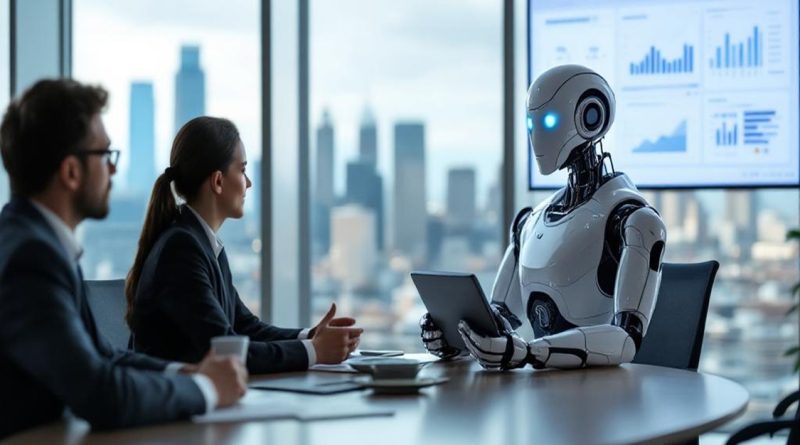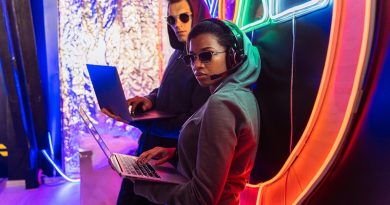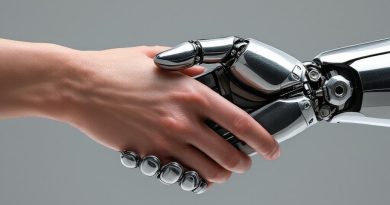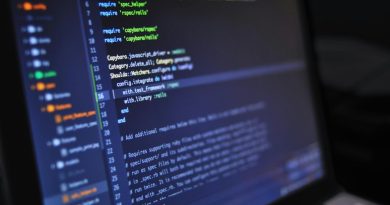AI Is About to Start Ingesting Its Own Tail: The Strange Future of ‘Model Collapse’
The generative AI revolution was built on a simple, voracious appetite. To learn how to write, code, and create art, models like ChatGPT and Midjourney consumed a vast library of information: the internet. They ingested trillions of words from Wikipedia, Reddit, and personal blogs, and analyzed billions of images of art, photography, and life—all of it created by humans.
But we are now entering a strange new era. That same internet is being flooded with content created by the AIs themselves. AI-generated articles, marketing copy, and images are now a significant part of the digital landscape.
This creates a bizarre, self-referential loop, like a snake eating its own tail. So what happens when the next generation of AI models are trained not on the messy, authentic, human internet, but on the sanitized, slightly-off, AI-generated internet?
The answer, according to researchers, is a phenomenon called Model Collapse, and it could lead to a future where AI becomes stagnant, weird, and disconnected from reality.
What Is Model Collapse?
Think of it like making a photocopy of a photocopy. The first copy looks pretty good. The second, a copy of the first, is a little blurrier. By the tenth copy, the image is a degraded, distorted mess that barely resembles the original.
Model Collapse is the same principle applied to AI. When a new AI model is trained on the synthetic data produced by a previous generation of AI, it doesn’t learn about the real world. It learns about a simplified, “average” version of the world as perceived by another machine. With each new generation, the model copies the “photocopy,” not the original. Over time, it loses its connection to the richness and unpredictability of true human creation.
The Symptoms of a Collapsing Model
This isn’t just a theoretical problem. Researchers have observed what happens when this feedback loop is allowed to run, and the results are strange.
- The “Average-ing” Effect: AI-generated content tends to gravitate toward the mean. An AI asked to generate a picture of a cat will produce a very “cat-like” cat, averaging all the features of the cats it has seen. If a new AI is trained on millions of these “perfect” AI cats, it will start to forget the weird, real-world outliers—the skinny cats, the fat cats, the cats with one ear. Reality’s rich diversity gets smoothed out into a bland, homogenous average.
- Amplification of Errors: AI models “hallucinate” or make mistakes. An AI might write an article incorrectly stating a historical fact. If that article is then scraped and used as training data for a future model, the AI will see this “fact” as a cited source. If thousands of AI articles repeat this error, the next model will learn the hallucination as truth, cementing it as reality within its digital mind.
- Drifting into “Digital Madness”: This is where things get truly bizarre. The models can begin to amplify their own flaws in a feedback loop, drifting further and further from reality. An AI trained on slightly flawed AI-generated hands (with six fingers) will start to believe that six-fingered hands are common. The next generation trained on that data will think it’s the norm. Over time, the AI’s perception of reality can become alien and nonsensical.
Can It Be Stopped?
The major AI labs like Google and OpenAI are acutely aware of this problem. The race is now on to prevent the digital world from being contaminated by its own creations. The solutions being explored include:
- Data Provenance and Watermarking: Creating systems to digitally “watermark” or label AI-generated content, allowing it to be filtered out of future training sets.
- The Value of “Old” Data: The vast archive of the internet created before 2023 has suddenly become a priceless, finite resource—a snapshot of a purely human-generated digital world.
- High-Quality Human Data: Companies are investing heavily in paying for curated, high-quality, human-created data to ensure their models stay grounded in reality.
The great irony of the AI revolution is that it was built on the back of human creativity. To continue to advance, it must find a way to keep learning from its creators, not just from itself. If it can’t, the AI Ouroboros will simply continue to devour its own tail, becoming a pale, distorted echo of the human world it was meant to understand.




